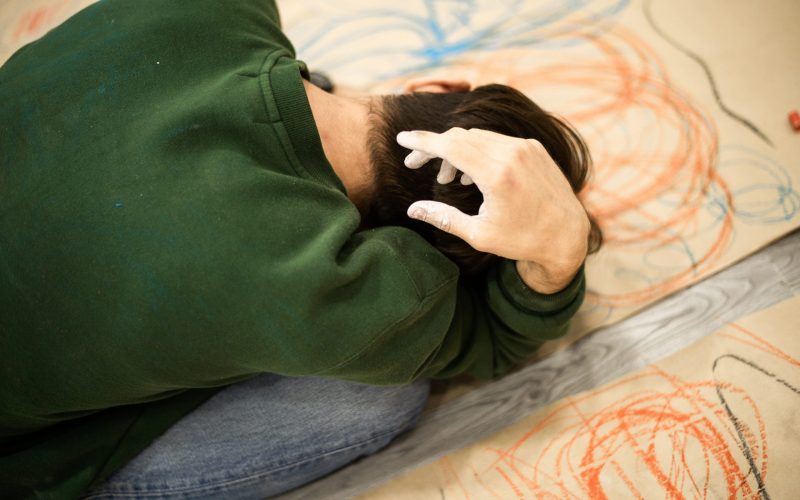Where ‘Art’ Thou, Therapy? Creative Therapies for Greater Well-Being
What is art capable of? What place does it hold in our lives? And more importantly, is art necessary? The answer is an unequivocal yes. YES!

March. 10, 2023
Art’s potential to positively impact our lives is far and wide, and in the context of mental health, It is even more profound. Looking at art, consuming it and creating it can all help people widen their perspectives of the world and humankind in general. It can help people cope better with interpersonal conflicts, lower the intensity of chronic stress and minimize the effect of everyday struggles. But what if there were a systematic way to engage with art with the goal of addressing a specific mental health concern, or improving a certain aspect of our wellbeing?
The Need for Art Therapy
Conventional therapy which involves talking freely to a psychologist can prove to be immensely cathartic, and sometimes it may not be enough. There is always scope to express ourselves in ways that aren’t just verbal. Moreover, talking isn’t something we’re all comfortable doing, or if we’re comfortable, we may not be the best at communicating our feelings through the sole medium of words.
This is where the need for art therapy is felt. Earlier this year, Forbes Health spoke to Shaye Mueller, a Chicago-based art therapist who shares, “Art therapy is a practice that uses art as a tool to facilitate healing.” Owing to its sheer diversity, be it dancing, painting, theatre, and so much more, art therapy activates several parts of the brain and body to culminate into a fulfilling and healing experience.

The Case for Equity
The concept of art therapy ecognizes that there are several individuals who may not be able to fully engage with talk therapy or reap its benefits like some others. Art therapy can be ideal for children, who are yet to develop the skills to communicate their emotions, for neurodiverse individuals and for the elderly as well, to facilitate meaning-making in old-age.
But Art is so Subjective: How Do We Know if Art Therapy Works?
Art therapy is usually practiced in combination with other existing therapies such as Dialectical Behaviour Therapy, or monitoring an individual’s Galvanic Skin Response before and after engaging in an art-based session, etc.
How Can We Choose Which Art Therapy is Right for Us?
When it comes to engaging with art therapy, there is something for everyone!
Below listed are a few ways in which one can discuss with a mental health practitioner to facilitate one’s mental health journey:
- Dance Therapy: Those of us looking for full-body movement that not only helps us express our emotions eloquently but also takes care of our respiratory, skeletal and muscular well-being, dance therapy is ideal!
- Music Therapy: For specific issues such as bodily pains, nausea, and even trauma, engaging with music in various forms can help calm the polyvagal nerve. Singing, making music, listening to music with guided imagery, or even discussing music has the potential to provide relief for the abovementioned ailments.
- Visual Art Therapy: Painting, sketching, and all the allied ways of creating messy, raw, goofy visual art is a fun way to practice mindfulness i.e., being fully aware and present in a particular moment. This can help relieve stress and avoid rumination (repetitive and often unhelpful thinking patterns).
While there are numerous other ways to kickstart your art therapy journey, it is advised that you discuss your specific needs and concerns with a licensed mental health practitioner and art therapist.

This will ensure that the method you engage in is tailored to your lifestyle, and can further facilitate your wellbeing!
(Author: Samreen Chhabra works as Assistant Lecturer at Jindal Institute of Behavioural Sciences)
